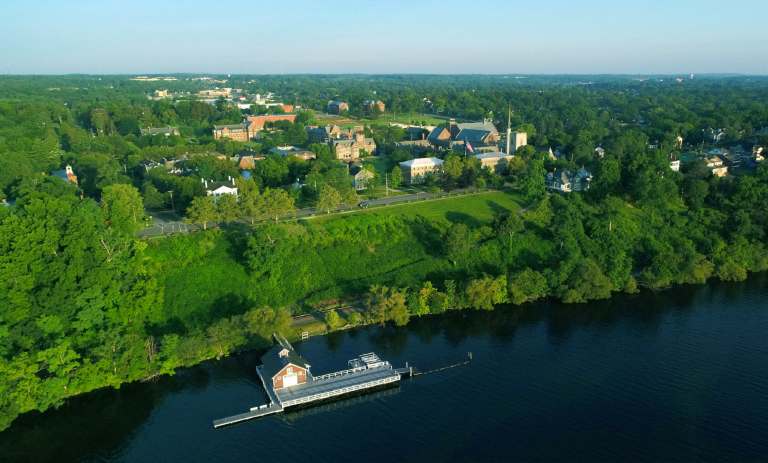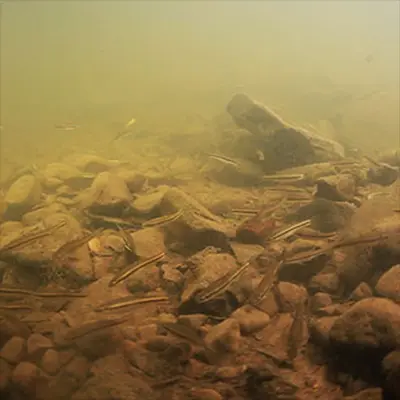
BASELINE Project

Recognizing critical threats to the health of the Finger Lakes watershed from invasive species and energy development, underwater filmmaker David O. Brown is collaborating with scientists from the FLI to film underwater habitat and biodiversity and collect physical, chemical, and biological data. This video and water quality information will be used as baseline documentation of the watershed today, and will be used to generate media that can be given to schools and citizen science groups concerned with protecting the Finger Lakes watershed in the future.
Brown and Dr. Lisa Cleckner of the FLI recently obtained funding from the Park Foundation to support this work. In addition, Brown was recently awarded a TogetherGreen fellowship from the Audubon Society to further the dissemination and engage diverse audiences in habitat and water conservation. In the first few weeks of the collaboration, Brown filmed a Finger Lakes Regional Stream Monitoring Network trip to Six Mile Creek in Ithaca with Jordan Youngmann and Cleckner; electrofishing and fish surveys in Castle Creek with HWS Prof. Susan Cushman; and bloody red shrimp surveillance with HWS Prof. Meghan Brown. The video and water quality work is expected to continue through the summer and fall of 2012.

Brown has worked worldwide as a producer, videographer, photographer and lecturer. His work has aired on NBC, CBS, ABC, CNN, the Discovery Channel, and National Geographic television. As a member of the Cousteau team, he worked globally with vessels Calypso and Alcyone, and has lectured on behalf of the Cousteau Society worldwide. In 1991, Brown created the first live, interactive broadcast from underwater to the Internet. He has also produced live interactive programming for the National Oceanic and Atmospheric Administration, National Marine Sanctuary Program, American Museum of Natural History’s Water display, and numerous private and public agencies.
View a clip from David Brown’s footage capturing invasive bloody red shrimp as they swim amongst quagga mussels at the bottom of Seneca Lake:
